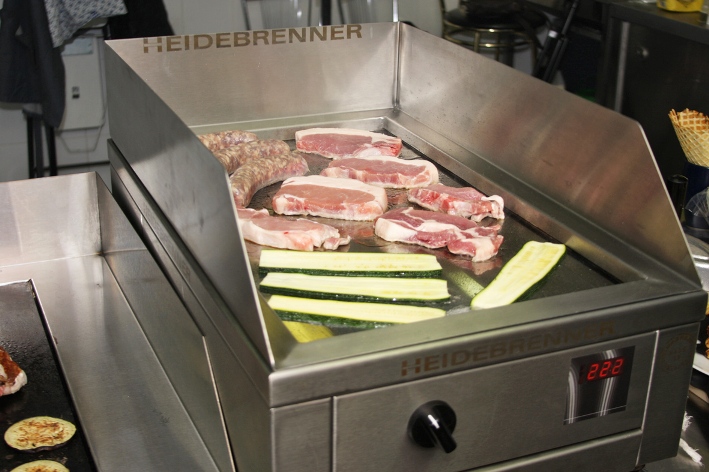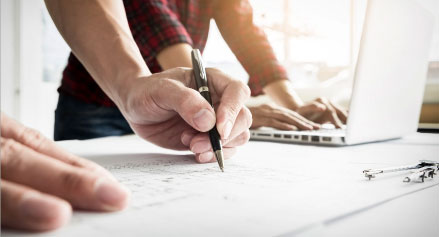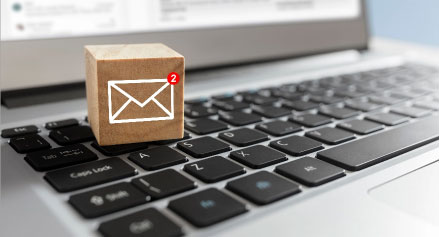Teppan-yaki cuisine (teppan-yaki = the hot table) was originally created by Japanese immigrants in the United States of America in the early 18th century as a "remedy for homesickness". When the Japanese arrived in the New World, they were used to a very different diet and cuisine, so homesickness was coupled with a craving for local specialties. One option is to cook on metal or steel using ingredients available in your new home. Over the years, this method of preparation, perfectly combined with teppanyaki, has become popular and well-known in her native Japan. Today, cooking teppanyaki in a restaurant is one of the premier dining experiences for guests, where guests can watch the chefs up close as they prepare their delicious dishes.
Kobe's Misono was the first Japanese restaurant where chefs prepared dishes on an electric stove in front of the guests. From there, the trend spread throughout Japan. Europeans and North Americans are drawn to this trend, which is why teppanyaki has gained a firm foothold in these parts of the world.
Teppanyaki are regularly integrated into the restaurant counter or directly into the guest table. There is a portable hot plate in many Japanese homes. The iron plate looks like a plancha. Both grills use indirect heat. Typical teppanyaki dishes are okonomiyaki (including Hiroshima yaki and moki yaki), monjayaki and yakisoba. In many European restaurants and in the USA, these frying plates are also used to fry burger pettis, for example. Due to the particularly large frying surface and the optimal heat transfer, up to 250 perfect burger patties per hour can be fried on a 80 * 75 cm frying plate (*** in this example, a HEIDEBRENNER Teppanyaky griddle was used with a total output of 11.6 kW and 5.8 kW per zone, results may vary***)







